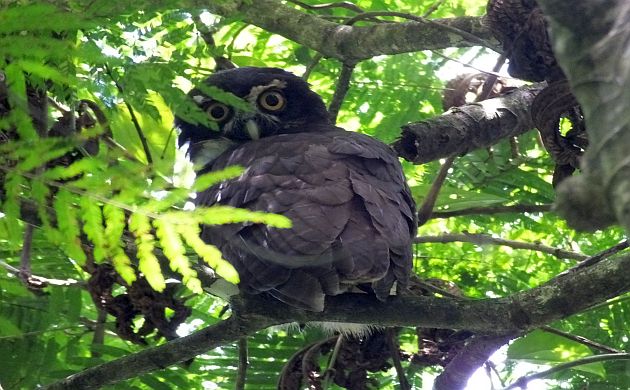
The final days of October are naturally spooky, at least in the north. It gets darker earlier day by day. The Maples and Oaks are in a rush to drop their remaining leaves and “shut down” for several months. Increasingly cold winds play with the crumpled dead foliage and if we stop and listen carefully, the lurking, unfriendly breeze whispers, warns, “winter…”. It’s a valid warning, much colder and darker days are coming and Halloween sits on the threshold of those naturally trying times.
Lacking the benefit of heated shelters, birds must heed that warning or perish. This is why the Yellow Warblers and Baltimore Orioles of summer don’t linger to experience October 31st, and even late fall migrants like kinglets and sparrows move to slightly warmer regions. The coming cold takes a big bite out of life and is why millions of birds flee south to where summer reigns eternal. Many of them come to Costa Rica because even when it rains, it never really gets cold this far south of the Tropic of Cancer.
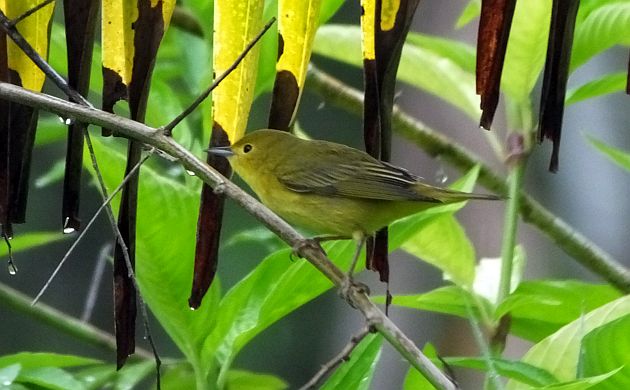
Surviving on the Caribbean coast of Costa Rica.
This might be partly why Halloween hasn’t taken hold in Costa Rica. The final day of October is only lightly celebrated, very little trick-or-treating takes place and even candy corn is hard to procure. Not to mention, skeletal decor is almost as rare as sightings of the R. V. G. Cuckoo. Even so, warm, friendly weather can’t stop a birder from choosing Costa Rica’s best birds of Halloween. These are the winners:
BEST COSTUMES
Laughing Falcon
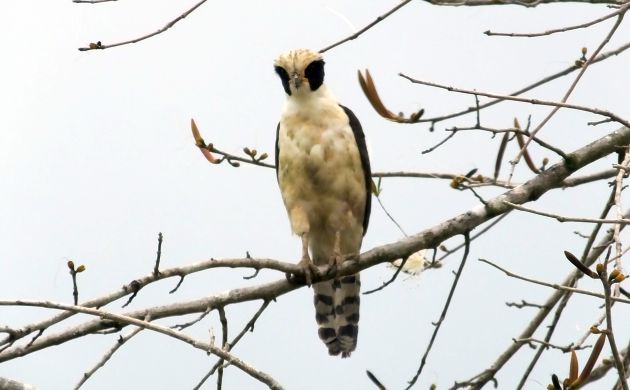
Sporting a natural mask, this snake-eating raptor is in costume at all times. Perhaps this is why it laughs every dawn and late tropical evening.
Lesser Ground-Cuckoo
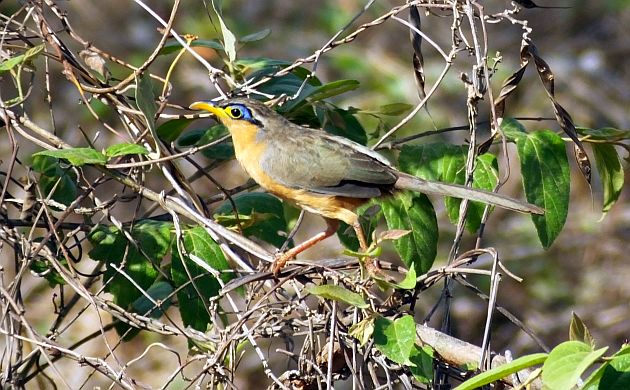
Another bird with a mask, albeit one more suited to a party in ancient Egypt or a soiree in the Roaring Twenties. To add to its mystique, this terrestrial cuckoo also gives loud ventriloquial calls as it creeps around low, brushy vegetation.
Motmots
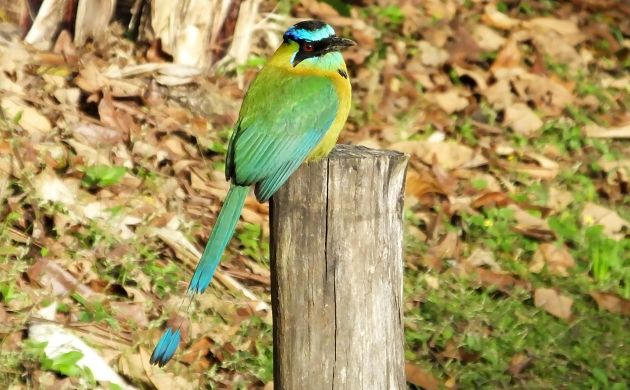
Although many a fancy bird resides in Costa Rica, the motmots are just too fancy to not win some kind of costume award. Each of the six species in Costa Rica sports beautiful plumage with green and blue hues highlighted with rufous tones, and several also have long, racket-tipped tails.
Manakins
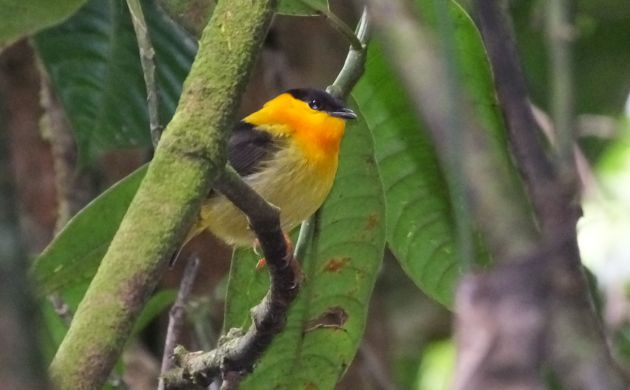
More fancy birds that merit awards all year long, the beautiful little males augment their appeal by doing frequent bouts of dancing. The Halloween party never ends for these feathered Fae folk.
Green Honeycreeper
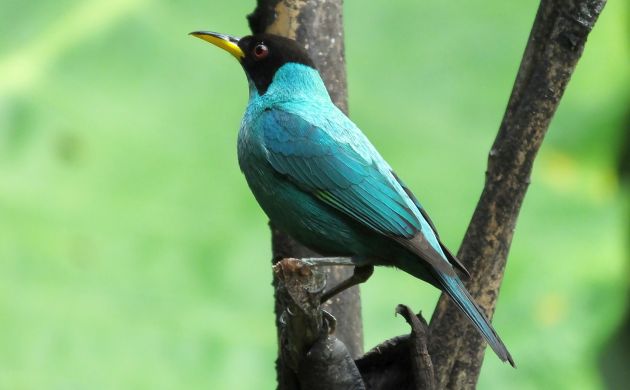
It was tough to pick out just one tanager species, many are downright stunning. The male Green Honeycreeper is decked out in aquamarine plumage that seems to change in hue depending on the lighting. Is it green? Is it blue? It’s delicious to the eye is what it is! It also has a mask of jet and is quite common!
JUST SCARY
Bicolored Hawk
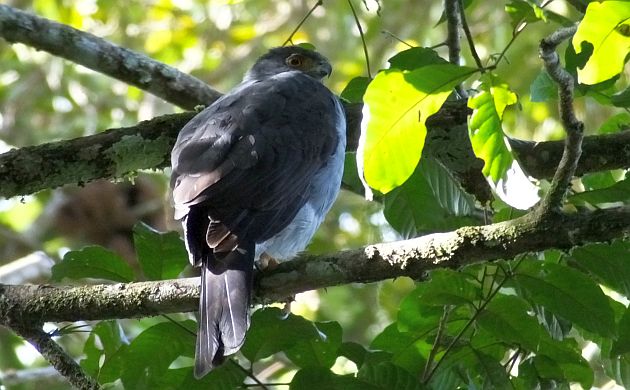
It might not look frightening to a birder but if we could ask pigeons, woodpeckers, and other birds how they felt abut the Bicolored Hawk, we would see their eyes go wide with fear and their feathers tremble. In common with other Accipiters, this one is an absolute terror to the birds it preys upon. Few things are more frightening to contemplate than an ambush predator that, by nature, strikes without warning using its own deadly killing tools with efficient, lethal expertise.
Spectacled Owl

Another predator, this one only comes out at night and as with most owls, is also naturally sort of spooky. Beautiful, breathtaking to admire, but undeniably spooky especially when it gives its low, muffled call during the dead of the night.
Pygmy-Owls
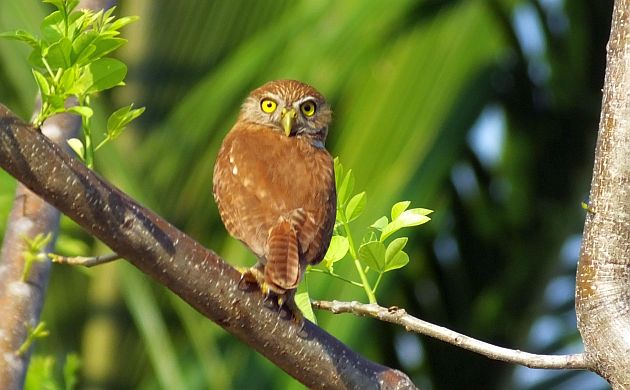
They might look cute but the pygmy-owls vie with the Accipiters for the horror they generate. Each of the three species in Costa Rica prey on other birds caught during ambushes, perhaps especially at dawn and dusk. Because of this, the adorable pygmy-owls of Costa Rica are reviled by small birds and this is shown with relentless mobbing behavior.
Potoos
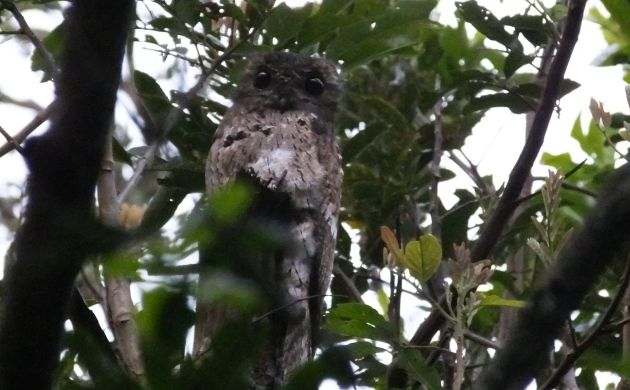
True creatures of the night, these big flycatcher-like nightjars with massive mouths emit equally spooky vocalizations.
GREAT COSTUME AND NATURALLY SCARY
Toucans
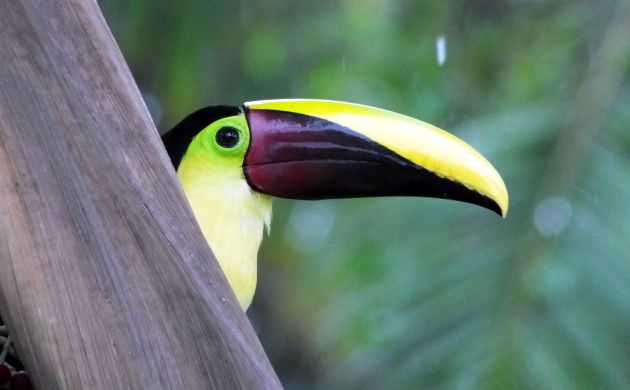
Colorful, fantastic birds, even non-birders want to see a toucan in Costa Rica. With their over-sized beaks and striking plumages, toucans are a perennial favorite. However, few know that they are also very scary birds at least until one sees them work together to tear apart hapless nestlings with their sharp beaks. Similar to Corvids and primates in more than one way, toucans are smart, very social frugivores that also feed on any small animals they can manage to catch.
Hummingbirds
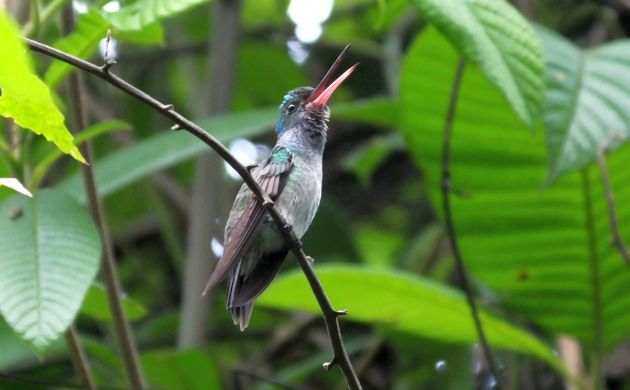
Brilliant little birds, it’s a good thing they are tiny because if they were any bigger and more organized, hummingbirds would undoubtedly conquer the world. Not convinced? Just spend a good half hour watching hummingbirds feed in the same area.
HONORABLE MENTIONS
Bat Falcon
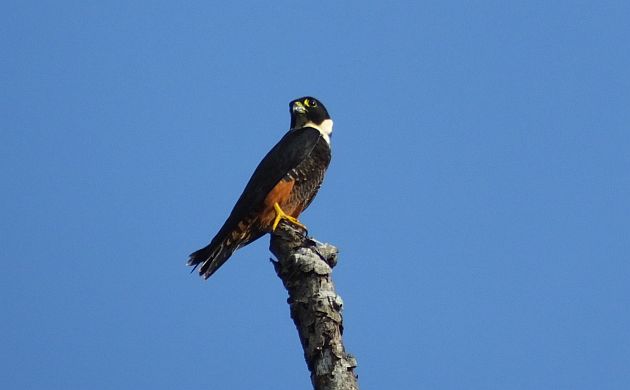
Dressed to kill, the deadly Bat Falcon eats more than bats.
Common Tody-Flycatcher
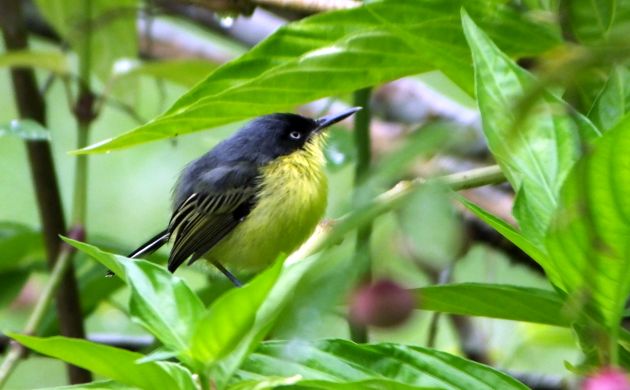
This spunky little flycatcher seems to be constantly angry and its dress verges on Gothic.
White-throated Shrike-Tanager
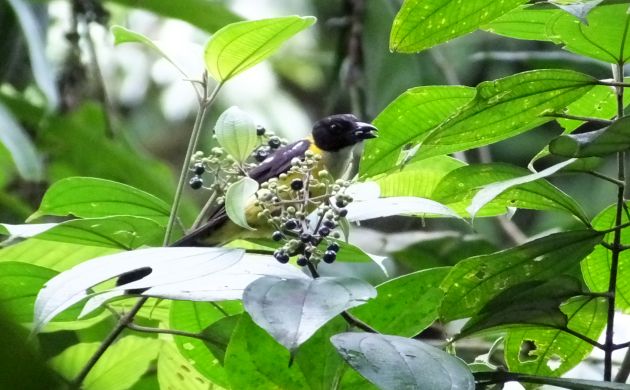
Another smartly dressed bird, this tanager gets a mention on account of its no-nonsense bill and a penchant to use false alarm calls to frighten other birds away from prey items that it desires.
If the northern winter feels too frighteningly bird-less, a birder can always reconnect with many things avian in Costa Rica. We might not have much Halloween, but we have a lot of costumed birds a short flight away. I hope to see you here!











This brings back great memories of our two winters in Costa Rica. The Halloween angle is neatly done.